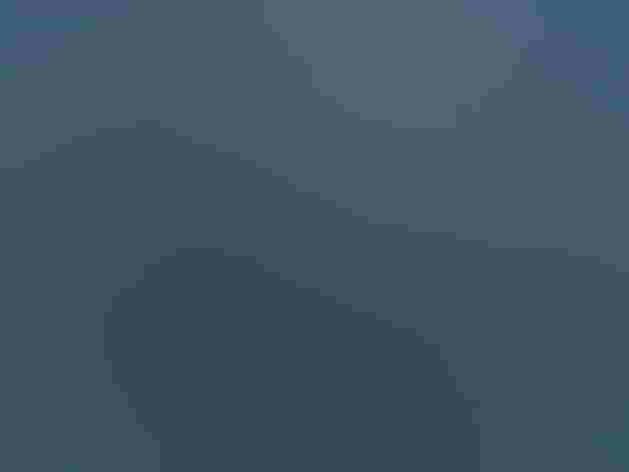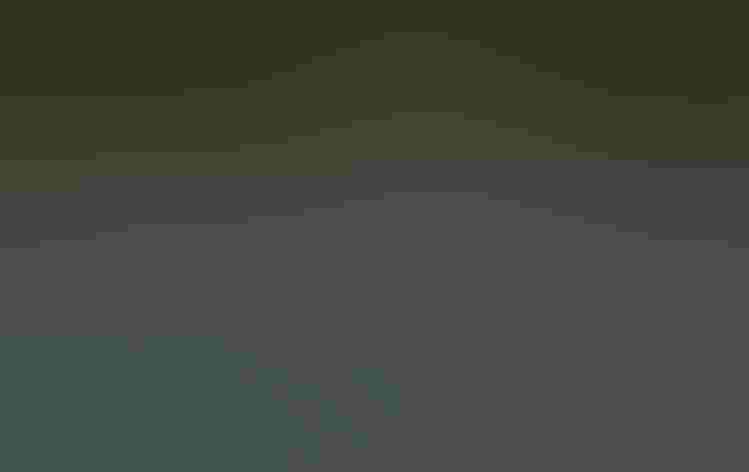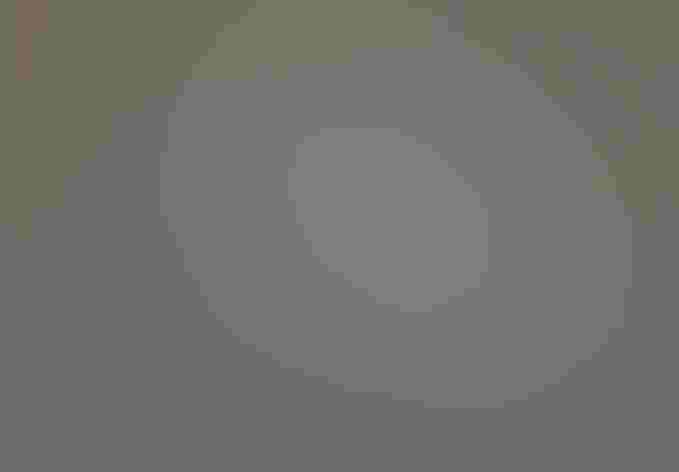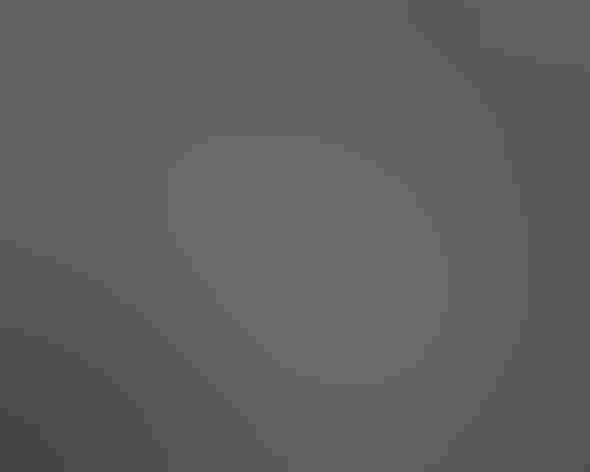Bonaparte’s Gull
At a Glance
This is the smallest gull usually seen over most of North America. Delicate in flight, it suggests a tern more than it does the larger gulls. It differs from large gulls in other ways as well: it seldom scavenges in garbage dumps, and it nests in trees, not on the ground. The name honors French zoologist Charles Lucien Bonaparte, a distant cousin of Napoleon.
All bird guide text and rangemaps adapted from by Kenn Kaufman© 1996, used by permission of Houghton Mifflin Harcourt Publishing Company. All rights reserved.
Category
Gull-like Birds, Gulls and Terns
IUCN Status
Least Concern
Habitat
Coasts and Shorelines, Forests and Woodlands, Lakes, Ponds, and Rivers, Open Ocean, Saltwater Wetlands
Region
Alaska and The North, California, Eastern Canada, Florida, Great Lakes, Mid Atlantic, New England, Northwest, Plains, Rocky Mountains, Southeast, Southwest, Texas, Western Canada
Behavior
Direct Flight, Hovering, Soaring, Swimming
Population
790.000
Range & Identification
Migration & Range Maps
Many birds from central Canada apparently move east or west toward nearest coast in fall. In winter, flocks may move around a lot in response to changing food supplies.
Description
12-14" (30-36 cm). Thin black bill, black hood in summer. Best known by flight pattern, with big white triangle in outer part of wing. Immature also has much white in outer wing, edged in black. Looks delicate and buoyant in flight.
Size
About the size of a Crow, About the size of a Robin
Color
Black, Gray, Red, White
Wing Shape
Narrow, Pointed, Tapered
Tail Shape
Rounded, Short, Square-tipped
Songs and Calls
Rasping tee-ar; soft, nasal snarling note.
Call Pattern
Flat
Call Type
Rattle, Raucous, Scream
Habitat
Ocean bays, lakes, muskeg. Breeds in edges of northern forest, where coniferous trees are near lakes or bogs. In migration and winter on many kinds of waters, including rivers and lakes inland, coastal estuaries and lagoons, sometimes well offshore on ocean. Often concentrates at sewage treatment ponds, probably to feed on the abundant insects there.
Sign up for ÃÛèÖAPP's newsletter to learn more about birds like the Bonaparte's Gull
Behavior
Eggs
3, sometimes 2 or 4. Olive to buff, blotched with brown. Incubation is probably by both parents, about 24 days.
Young
Both parents feed young in nest. Development of young and age at first flight not well known. If intruders approach the nest, the adults perch on nearby treetops or fly about calling in protest.
Feeding Behavior
Forages in flight by plunging into the water or dipping to the surface; also picks up items while swimming or wading. Often catches insects in the air. Unlike larger gulls, seldom scavenges at carrion or garbage dumps.
Diet
Insects, crustaceans, fish. Around inland nesting areas, apparently feeds mostly on insects. In coastal regions, where it spends most of the year, diet includes small fish (such as sand lance, herring, and pollock), crustaceans (especially euphausiid shrimp), insects, marine worms, and other invertebrates.
Nesting
Breeding behavior is not well known. Nests in isolated pairs or small colonies in sparse northern forest near water. Nest site is in coniferous tree, on horizontal branch usually 4-15' above ground, sometimes up to 20' or higher. Sometimes may build nest on ground. Nest is usually a rather small platform or open cup of sticks, lined with finer materials such as grass and moss.
Conservation
Conservation Status
Numbers apparently stable. Has not benefitted from human activities as much as some gulls (e.g., does not feed at dumps). However, most of its nesting areas are remote from human disturbance.
Climate Threats Facing the Bonaparte's Gull
Choose a temperature scenario below to see which threats will affect this species as warming increases. The same ÃÛèÖAPP change-driven threats that put birds at risk will affect other wildlife and people, too.

